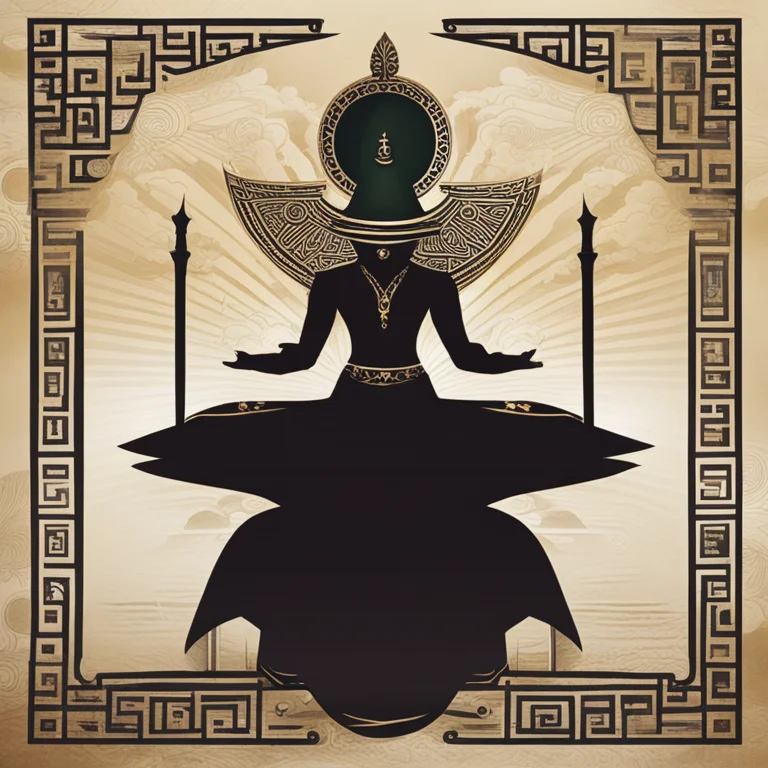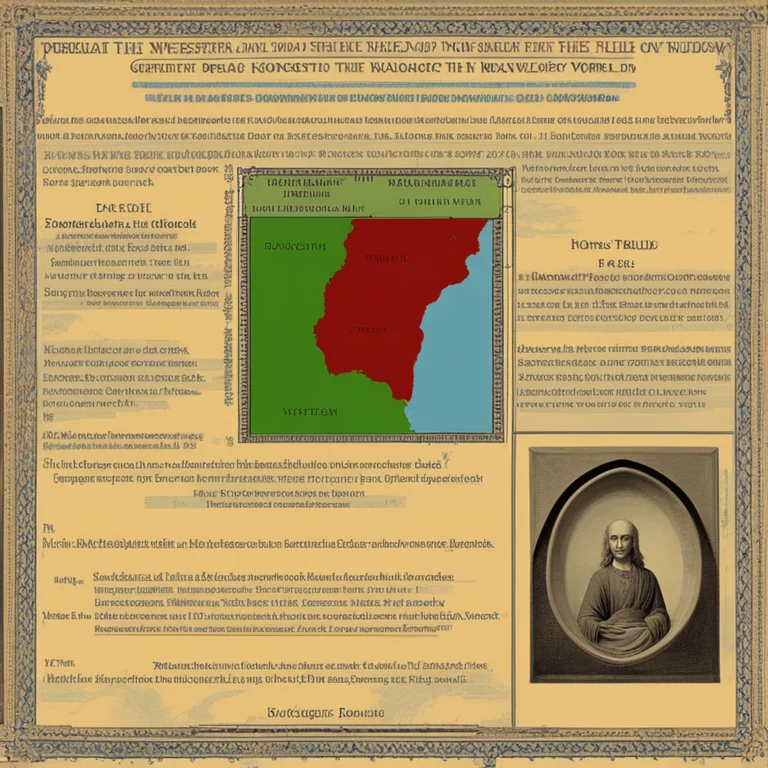
The Origins of Palmistry: A Historical Synopsis
Delve into the history of palmistry to discover its ancient roots and how this practice has developed through time.
article by Nora Pennington
The Ancient Beginnings of Palmistry
The art of palmistry, also known as chiromancy or palm reading, is believed to have ancient roots, stretching back thousands of years. Often associated with mysticism and fortune-telling, it involves interpreting the lines, shapes, and features of the hand to reveal personality traits and predict future events. Chronicles suggest that palmistry's earliest practices were found in regions such as India, China, and Egypt, where it was integrated into cultural and spiritual rituals. The earliest recorded mentions in India can be traced to the Hindu Vedic texts, and it is still a significant part of Indian astrology today.

Spread to the Western World
From the East, the knowledge of palmistry traveled to the Western world. It is said to have been introduced to the Greeks by the philosopher Anaxagoras in the 5th century BC, providing intellectual nourishment for the likes of Aristotle. In his work "De Historia Animalium," Aristotle presented references to palmistry, indicating its integration into Greek thought. As trade routes expanded and cultural exchanges became frequent, palmistry seeped into the practices of various civilizations, evolving with each interpretation and iteration.

Palmistry during the Middle Ages
Palmistry's journey through the medieval period was turbulent. The practice faced opposition from the Christian Church, which associated it with paganism and condemned it as a form of witchcraft. Despite this persecution, palmistry survived, practiced in secret by those seeking to understand its deeper meaning. It was during these times that palmistry started being documented more thoroughly by scholars, which helped in preserving its techniques and interpretations for future generations.

A Renaissance of Interest
The Renaissance era brought a renewed interest in humanism and the occult sciences. Palmistry enjoyed a resurgence, as it was studied alongside astrology and other forms of divination. Figures such as Paracelsus and later Dr. Carl Jung, contributed to the legitimacy of palmistry, recognizing it as a reflective tool for psychological insight. Their recognition of this practice provided the groundwork for its acceptance in more academic and scientific circles.

Modern Palmistry Developments
With the advent of new age movements in the 20th century, palmistry once again came to the forefront as a popular form of self-discovery. A shift occurred where palmistry was positioned as a tool for light psychoanalytical evaluation rather than outright fortune-telling. In the digital era, people can now access palmistry resources online, and many apps and websites dedicated to the practice have appeared, providing personalized readings based on photos of one's hand.
Palmistry's Place in Contemporary Culture
Palmistry today is viewed with a mix of skepticism and fascination. It is often seen as a personal therapy method that provides insights into one’s character or as an entertaining form of esoteric art. Educational materials and courses on palmistry are widespread, allowing individuals to explore the craft either as a hobby or a professional pursuit. The practice has secured its niche in modern spirituality and psychological exploration, transcending its historical stigma and emerging as a tool for self-understanding and guidance.
Published: 1/11/2024
Modified: 1/11/2024
More predictions
Come back here soon to learn more about yourself and your future


Unlocking Palm Lines for Career Success
Discover the secrets of your palms and what they suggest about your professional journey. Learn to read palm lines for insights into your career path.


The Secrets of the Jupiter Mount & Palmistry
Discover the significance of the Jupiter Mount in palm reading and how it reflects your leadership and ambition.


The Impact of the Jupiter Mount in Palmistry
Discover the impact of the Jupiter Mount on your life through palm reading. Learn about its meaning and significance in palmistry.